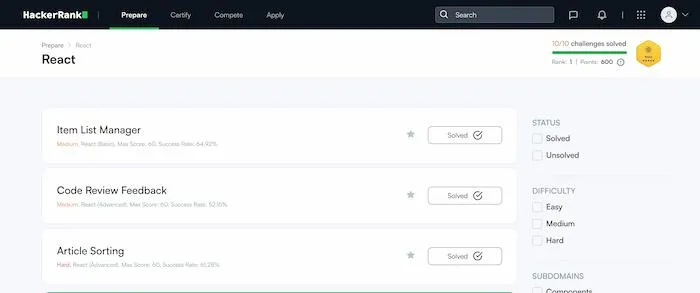Want to learn Russian? Curated list of resources
My American colleague recently asked me for recommendations on how to self-study Russian. I reached out to a friend of mine who teaches Russian as a foreign language professionally in Taipei, and now I’m happy to share a list of useful resources:
Free resources
Textbooks
- A free textbook many learners recommend: https://mezhdunami.org
- “Голоса / Golosa” — very popular one: https://oer.cercll.arizona.edu/llccommons/by-textbook/golosa-1/
Also here you can find a collection of free tools and materials https://gratisglobal.com/learn-russian-free/#news-media, but this list wasn’t tested personally by me, my friend or her colleagues. But there is definetely a lot of interesting and useful things.
Apps
- Babbel+ is surprisingly good for Russian.
Youtube
-
https://www.youtube.com/@Russian-stories - slow and clear listening practice (super helpful!)
-
https://www.youtube.com/@russianpod101 - lots of beginner-friendly content and explanations:
Books
-
Colloquial Russian: The Complete Course for Beginners https://www.amazon.com/dp/1473602513
-
Russian for Dummies https://www.amazon.com/dp/1119868602 (And here’s a free PDF of Russian for Dummies if you want to preview it first: http://appcursosdegraca.s3.amazonaws.com/apostilas-en/languages/russian/russian-for-dummies-by-wiley.pdf)
